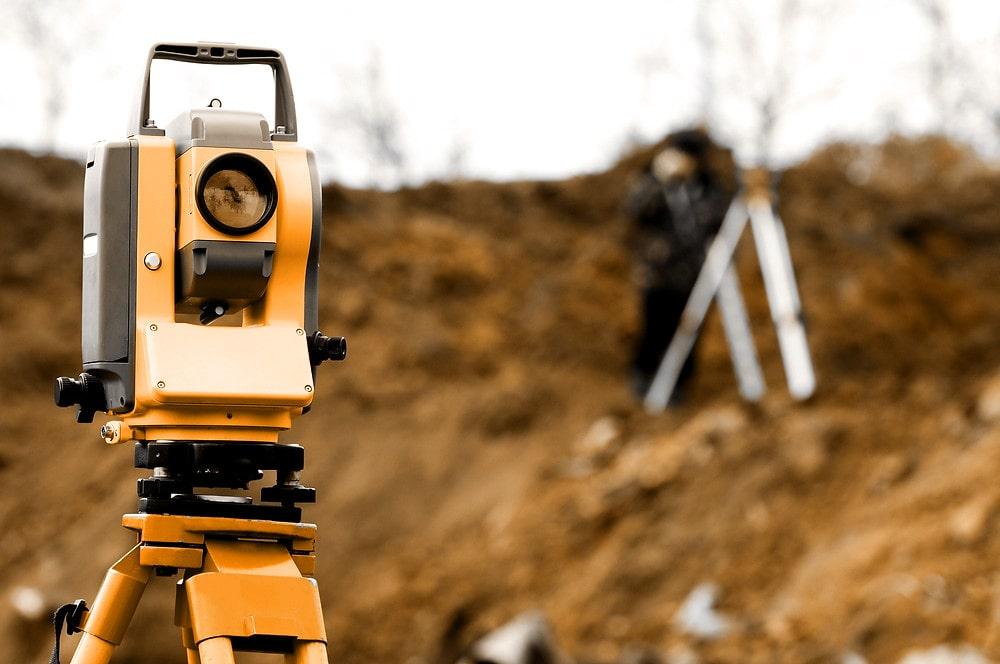Steel beams provide essential support and must be designed with precision to withstand various loads and environmental conditions.
The design process for steel beams involves several key steps, each of which contributes to the overall performance steel beam design and integrity of the structure. These steps include determining the loads, selecting appropriate materials, and employing established engineering principles.
The first step in steel beam design is to identify and analyze the loads that the structure will experience. This includes both dead loads, such as the weight of the structure itself, and live loads, such as people, furniture, and other movable elements. Additionally, environmental loads, such as wind and seismic forces, must be considered. Understanding these loads is crucial for calculating the forces and moments that the steel beam will need to resist.
Once the loads are determined, engineers move on to selecting the appropriate steel material for the beam. The choice of steel depends on factors such as strength, ductility, and cost. Commonly used steel grades include ASTM A36, A572, and A992. The selected material must meet the specified design requirements and provide the necessary safety margins.
With the loads and material properties identified, engineers proceed to the actual design calculations. This involves determining the size and shape of the steel beam to ensure it can safely carry the applied loads. There are various methods for analyzing and designing steel beams, including the allowable stress design (ASD) and the load and resistance factor design (LRFD). Both approaches involve assessing the capacity of the beam against the applied loads while considering safety factors.
During the design process, engineers must also consider factors such as deflection limits, serviceability, and economic constraints. Deflection limits ensure that the beam does not deform excessively under load, preserving the aesthetics and functionality of the structure. Serviceability requirements address issues such as vibrations and human comfort, while economic considerations involve optimizing the design for cost-effectiveness.
In the context of steel beam design, structural codes and standards play a crucial role. These codes, such as the American Institute of Steel Construction (AISC) standards in the United States, provide guidelines and specifications that engineers must follow to ensure the safety and performance of steel structures. Adhering to these codes helps standardize design practices and ensures a consistent level of safety across different projects.
Computer-aided design (CAD) and finite element analysis (FEA) tools have revolutionized the steel beam design process. These tools enable engineers to model and analyze complex structures more efficiently, allowing for iterative design improvements and optimization. The use of software not only accelerates the design process but also enhances accuracy and reliability.
It's essential to consider the various types of steel beams available, each with its unique properties and applications. Common types include I-beams, HSS (hollow structural sections), and WF (wide flange) beams. The choice of beam type depends on factors such as the span length, loading conditions, and architectural requirements.
